New Zealand is introducing a flatulence tax on livestock farmers in an effort to reduce methane emissions.
Livestock is the country’s largest source of methane emissions. As a result, the government is introducing a tax to change farm practices.
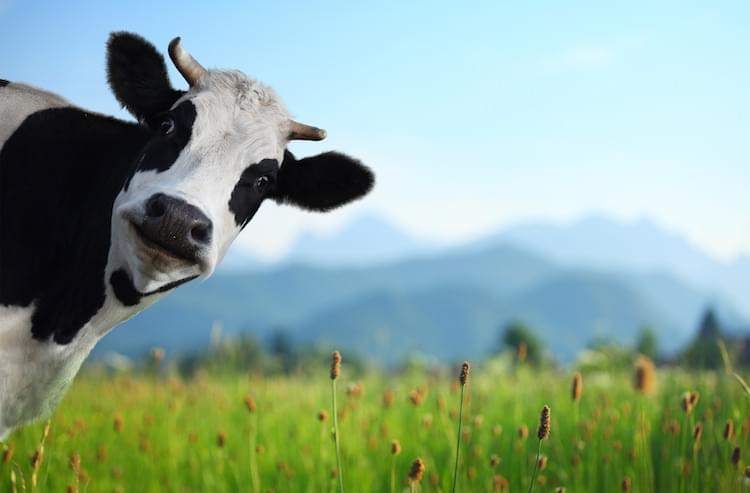
Researchers at Imperial College London have developed a new dual drone that can both fly through air and land on water to collect samples and monitor water quality. The researchers developed a drone to make monitoring drones faster and more versatile in aquatic environments.
The ‘dual robot’ drone, tested at Empa and the aquatic research institute Eawag in Switzerland, has successfully measured water in lakes for signs of microorganisms and algal blooms, which can pose hazards to human health, and could in the future be used to monitor climate clues like temperature changes in Arctic seas.
The unique design, called Multi-Environment Dual robot for Underwater Sample Acquisition (MEDUSA), could also facilitate monitoring and maintenance of offshore infrastructure such as subsea pipelines and floating wind turbines.
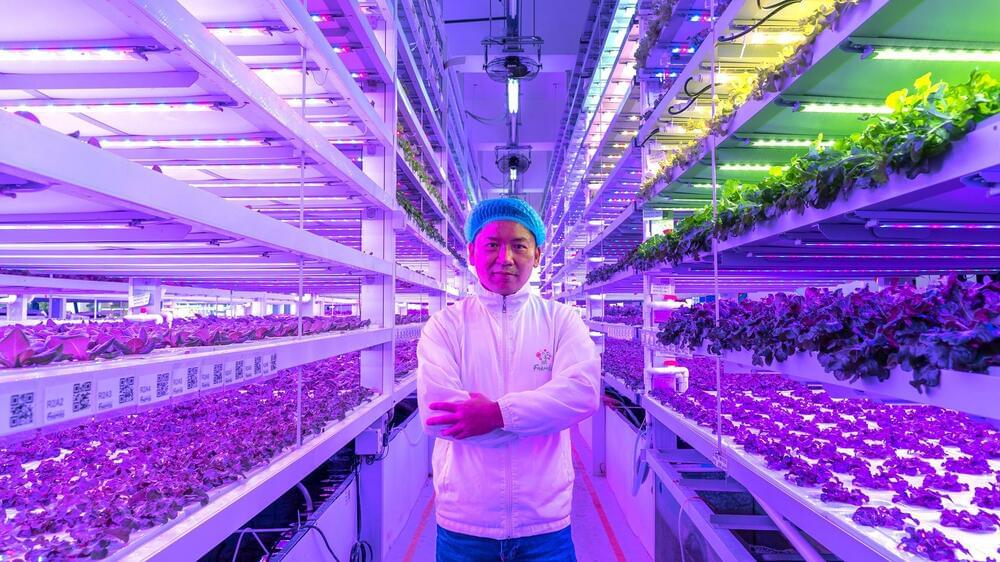
Hong Kong, a densely populated city where agriculture space is limited, is almost totally dependent on the outside world for its food supply. More than 90% of the skyscraper-studded city’s food, especially fresh produce like vegetables, is imported, mostly from mainland China. “During the pandemic, we all noticed that the productivity of locally grown vegetables is very low,” says Gordon Tam, cofounder and CEO of vertical farming company Farm66 in Hong Kong. “The social impact was huge.”
Tam estimates that only about 1.5% of vegetables in the city are locally produced. But he believes vertical farms like Farm66, with the help of modern technologies, such as IoT sensors, LED lights and robots, can bolster Hong Kong’s local food production—and export its know-how to other cities. “Vertical farming is a good solution because vegetables can be planted in cities,” says Tam in an interview at the company’s vertical farm in an industrial estate. “We can grow vegetables ourselves so that we don’t have to rely on imports.”
Tam says he started Farm66 in 2013 with his cofounder Billy Lam, who is COO of the company, as a high-tech vertical farming pioneer in Hong Kong. “Our company was the first to use energy-saving LED lighting and wavelength technologies in a farm,” he says. “We found out that different colors on the light spectrum help plants grow in different ways. This was our technological breakthrough.” For example, red LED light will make the stems grow faster, while blue LED light encourages plants to grow larger leaves.
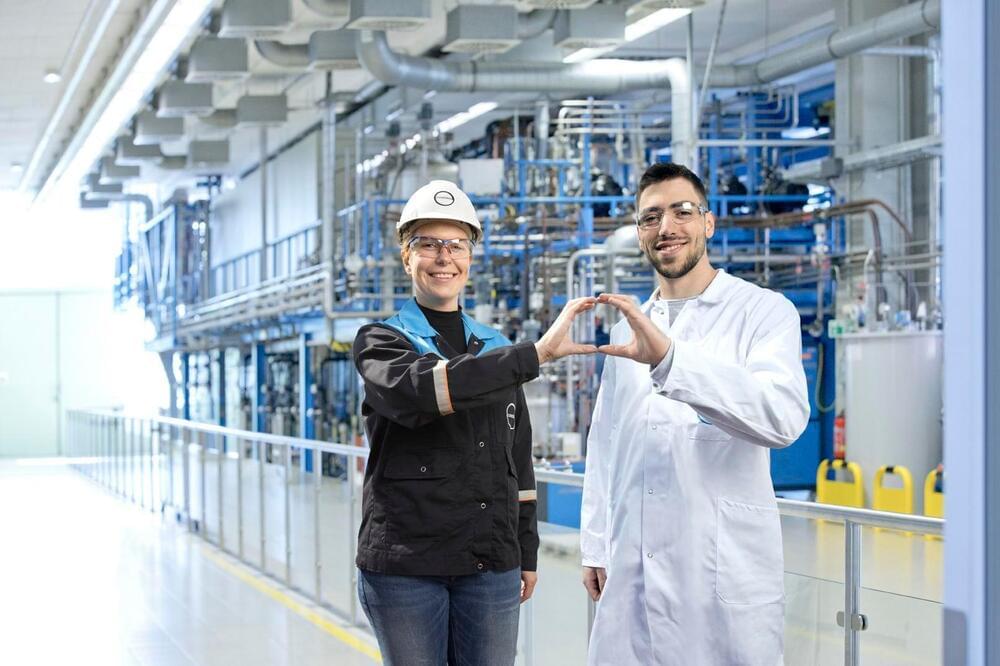
Everything is about to be illuminated.
A team of researchers from Imperial College London and Newcastle University has just observed what happens after light strikes solar cells.
The researchers employed a cutting-edge technique to analyze organic photovoltaic (OPV) materials that harvest the sunlight to generate electricity and peered into the first fractions of a second after light meets the cells, a press release states.
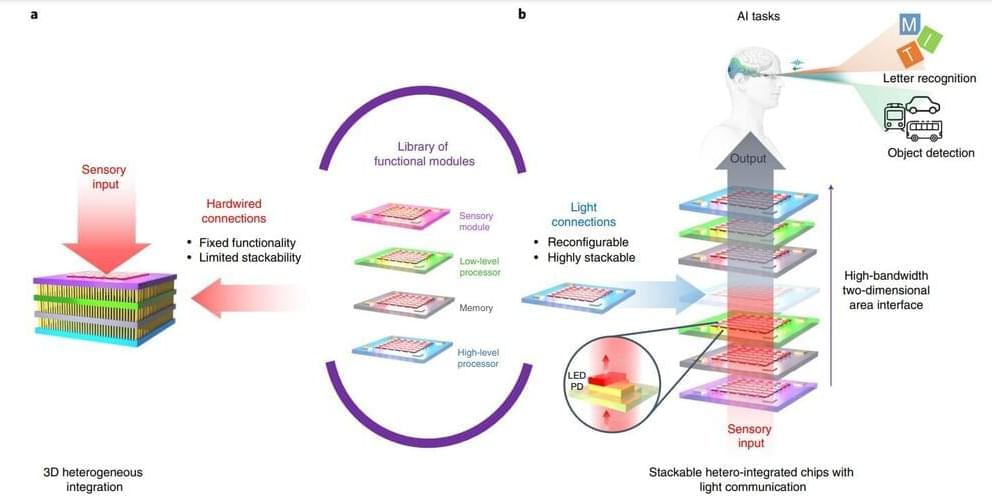
Imagine a more sustainable future, where cellphones, smartwatches, and other wearable devices don’t have to be shelved or discarded for a newer model. Instead, they could be upgraded with the latest sensors and processors that would snap onto a device’s internal chip—like LEGO bricks incorporated into an existing build. Such reconfigurable chipware could keep devices up to date while reducing our electronic waste.
Now MIT engineers have taken a step toward that modular vision with a LEGO-like design for a stackable, reconfigurable artificial intelligence chip.
The design comprises alternating layers of sensing and processing elements, along with light-emitting diodes (LED) that allow for the chip’s layers to communicate optically. Other modular chip designs employ conventional wiring to relay signals between layers. Such intricate connections are difficult if not impossible to sever and rewire, making such stackable designs not reconfigurable.
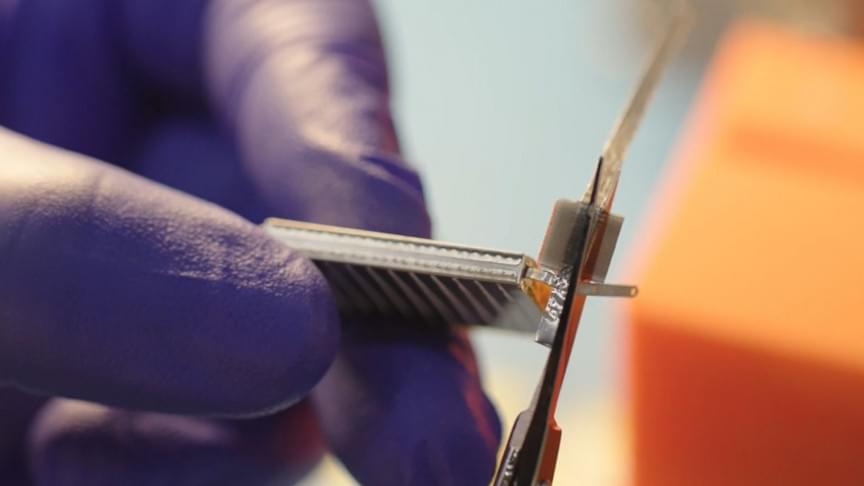
Also from 0 to 80% in 5.2 minutes. When it comes to electric vehicles, the main concern is the range anxiety related to mileage per charge and charging time.
Enovix’s 3D Silicon Lithium-ion battery. Enovix
When it comes to electric vehicles, the main concern is the range anxiet y related to mileage per charge and charging time.
Now a company from the U.S. seems to have a solution for charging time.
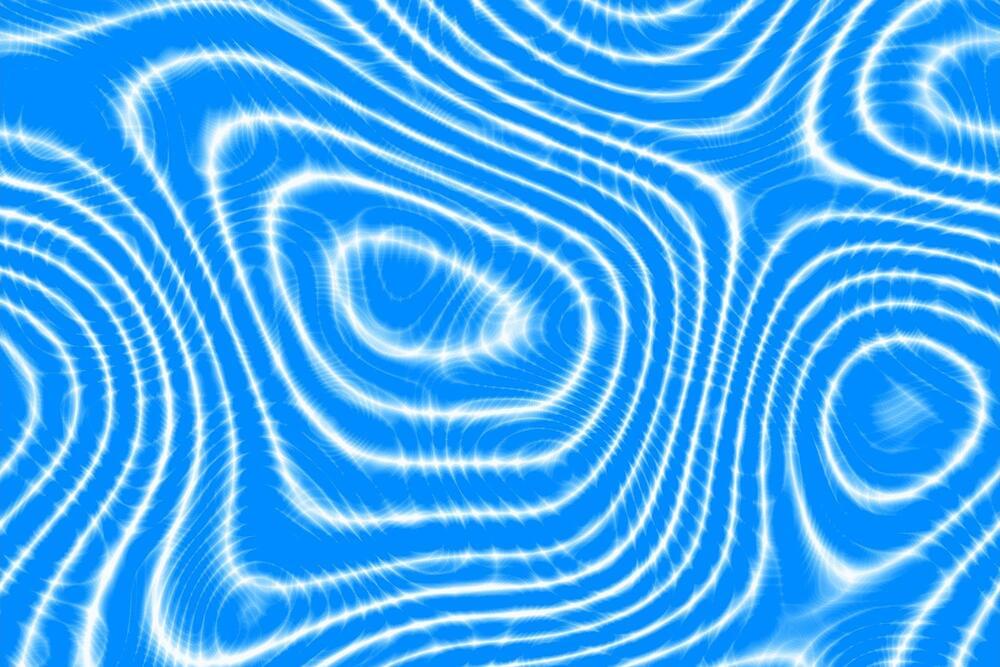
Marianne StebbinsWhat does this solve that isn’t already handled by air and water?
5 Replies.
Anne KristoffersenTurn the Bering Strait Crossing into a bridge arcology and the project will handsomely pay for itself in a sustainable way.
The Diomede Bridge ArcoCity could become a vastly important city-state, essentially having a millions-strong settlement there w… See more.
7 Replies.
View 34 more comments.
Jose Ruben Rodriguez Fuentes shared a link.
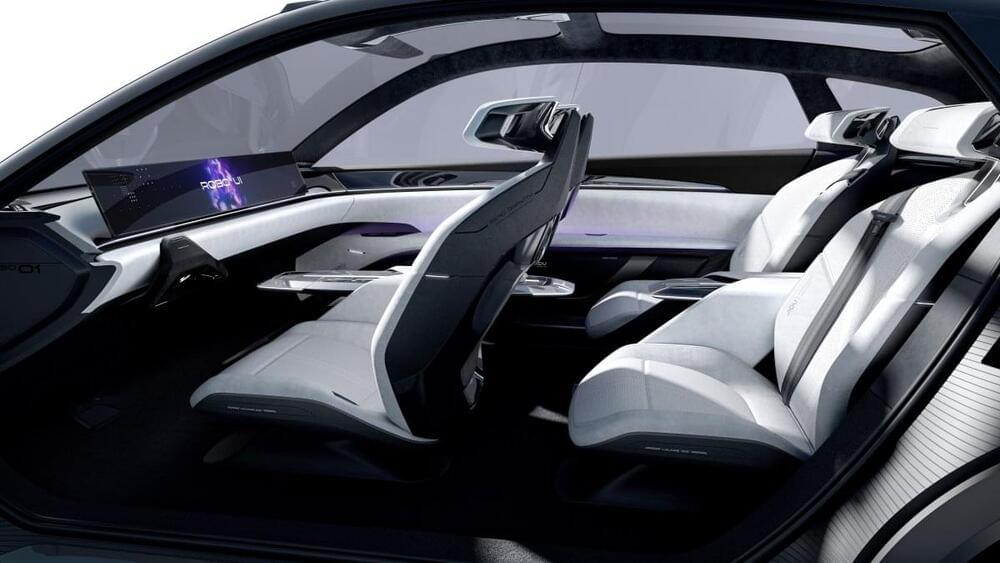
BEIJING — As Chinese companies race for a slice of the world’s largest car market, they’re betting heavily on assisted driving technology.
China sold nearly 21.5 million passenger cars last year. That’s roughly the equivalent of sales in the United States, Europe and Japan combined, according to industry data accessed through the Wind database.
Electric cars have grabbed a growing share of that Chinese market. Tesla, start-ups like Nio and traditional automakers have jumped in. After initially competing on battery driving range and in-car online entertainment, companies increasingly emphasize assisted driving capability.
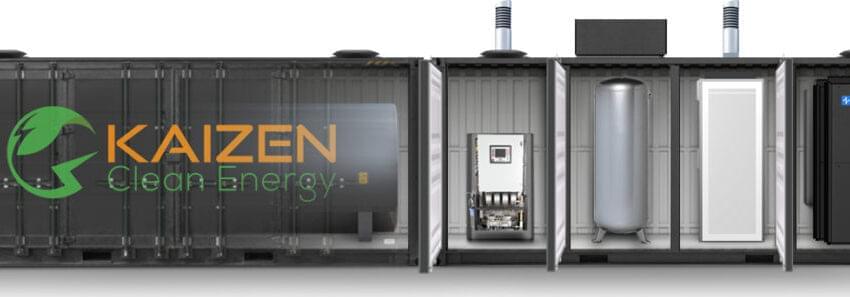
Kaizen Clean Energy (KCE) and ZincFive have come together to develop an integrated distributed energy solution for EV charging, hydrogen fueling and backup power. The new solution is said to provide the lowest delivered cost for hydrogen fueling, as well as up to 2,300 kg/day of hydrogen production, which is equivalent to 38 MWh of usable energy, in a 40-foot, movable containerized solution. It can be islanded or grid-connected, with no risk of battery thermal runaway and a small volume of hydrogen stored on site. The system integrates KCE’s hydrogen generator, ZincFive’s immediate power nickel-zinc batteries, and fuel cells from Power Cell to offer customers modular, scalable economic fueling as a service. Robert Meaney, co-founder of KCE, told pv magazine that the energy input comes from methanol. He said the system is essentially the clean version of a diesel generator. It uses the ZincFive battery for immediate demand response as the methanol-to-hydrogen system ramps up to full production over the first 15 minutes. After entering full production mode, the batteries shut off and the reformer takes over the full power demand. The system is charger agnostic and can support multiple DC fast chargers at once. KCE has started accepting pre-orders and plans to deploy a 20-foot, 150 kW solution with pilot customers in the fourth quarter of 2022.
Lightyear has launched the final design of its long-range, production-ready solar car. The model, which has been renamed “Lightyear 0,” has a Worldwide Harmonized Light Vehicle Test Procedure (WLTP) range of 625 kilometers and consumption of 10.5 kWh per 100 kilometers. However, the Dutch startup claims that a theoretical range of 695 kilometers could be achieved, with a battery pack capacity of 60 kWh. “The optimized solar roof and holistic design mean that the car can drive for weeks, even months, without charging,” the company said. Lightyear is already readying its second solar electric car, which will be available by late 2024 or early 2025.